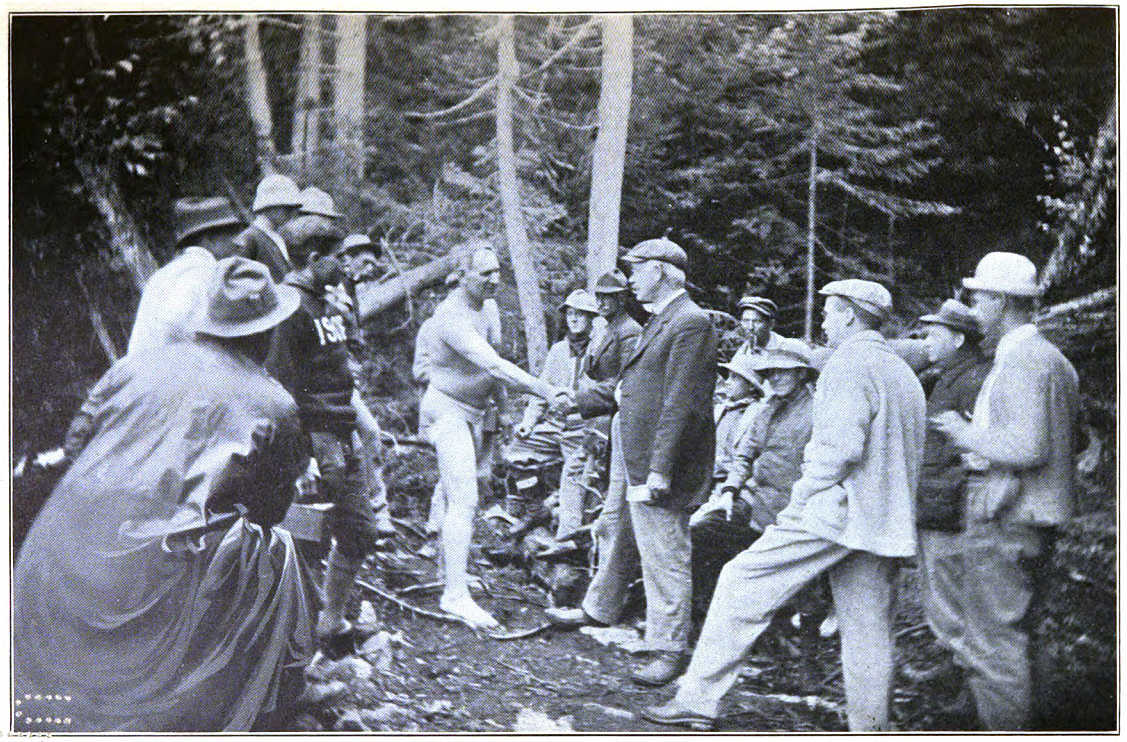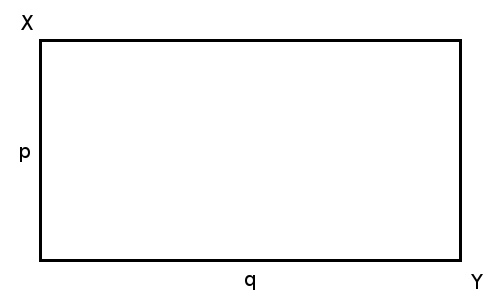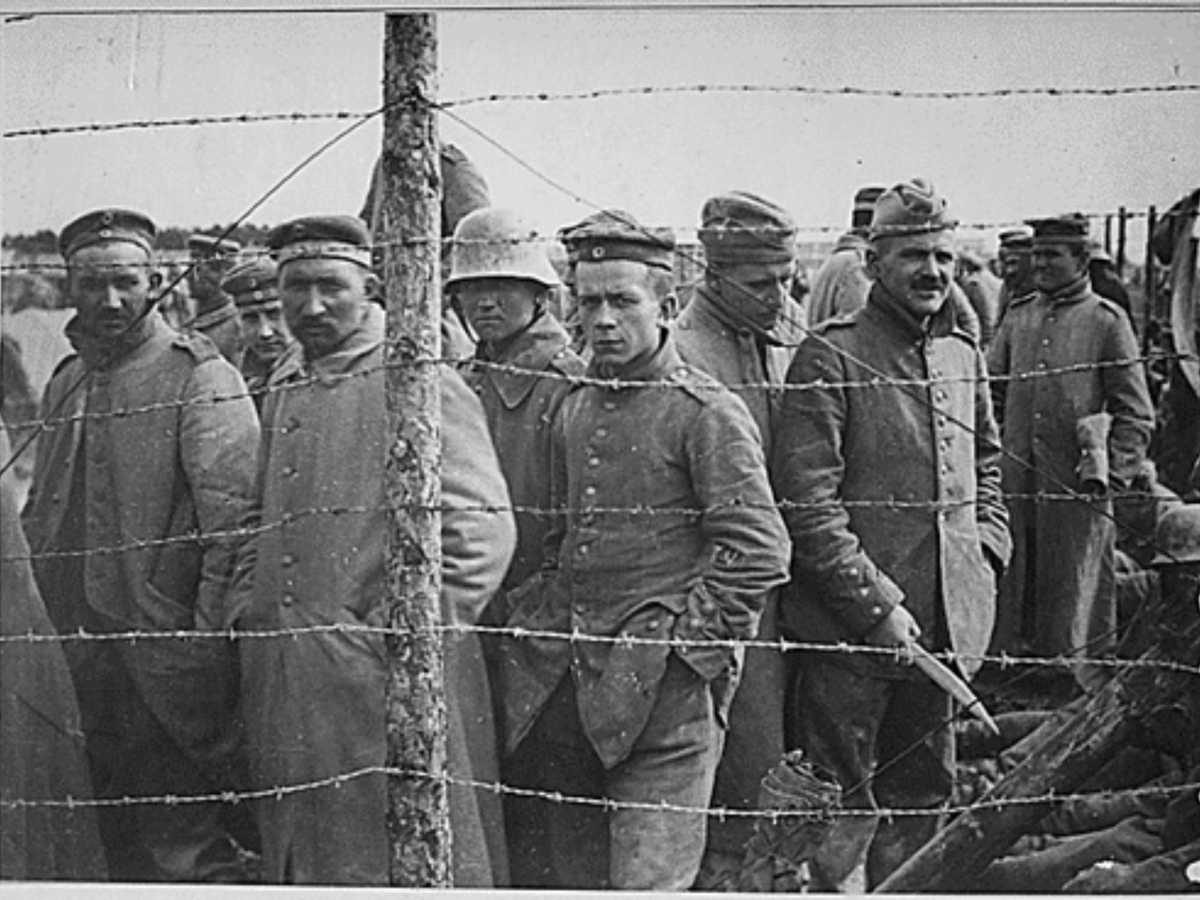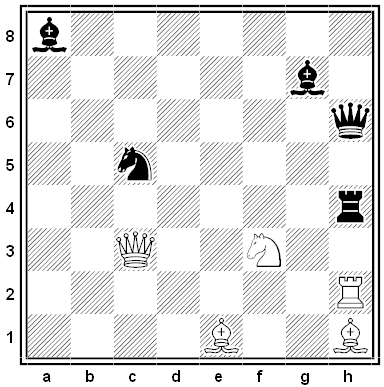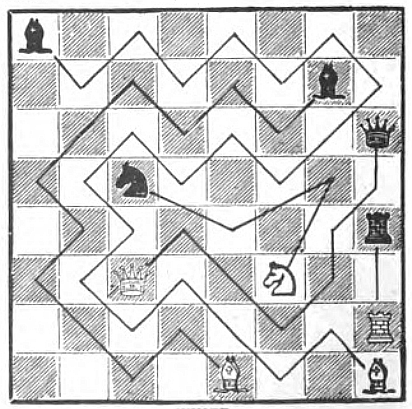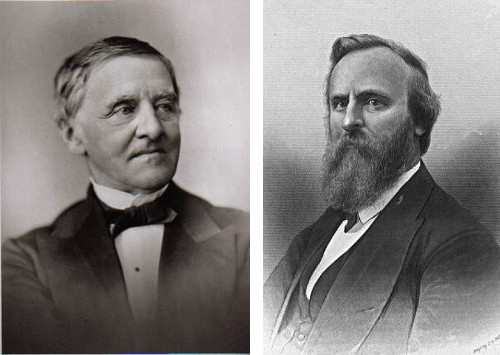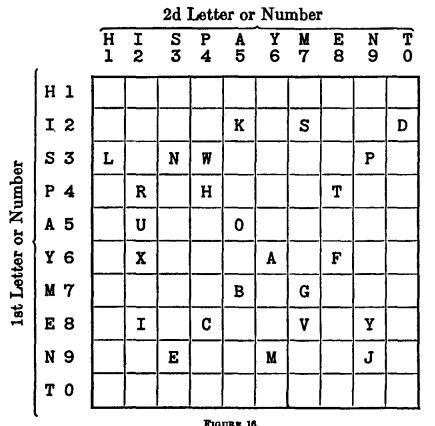periergia
n. bombastic or laboured language
galimatias
n. confused language, meaningless talk, nonsense
taigle
v. to impede or hinder; hence, to fatigue; weary
obtrect
v. to disparage or decry
A paragraph from an unnamed “publication from a leading geographical society”:
The examples given suggest that the multiformity of environmental apprehension and the exclusivity of abstract semantic conceptions constitute a crucial distinction. Semantic responses to qualities, environmental or other, tend to abstract each individual quality as though it were to be considered in isolation, with nothing else impinging. But in actual environmental experience, our judgements of attributes are constantly affected by the entire milieu, and the connectivities such observations suggest reveal this multiform complexity. Semantic response is generally a consequence of reductive categorization, environmental response or synthesizing holism.
In The Jargon of the Professions, Kenneth Hudson suggests that the authors “should be locked up without food or water until they can produce an acceptable translation.” In Secret Language, Barry J. Blake adds, “I think the passage simply means that in experiencing the environment we need to look at it as a whole rather than at particular properties, though I am at a loss to decode the first sentence.”

